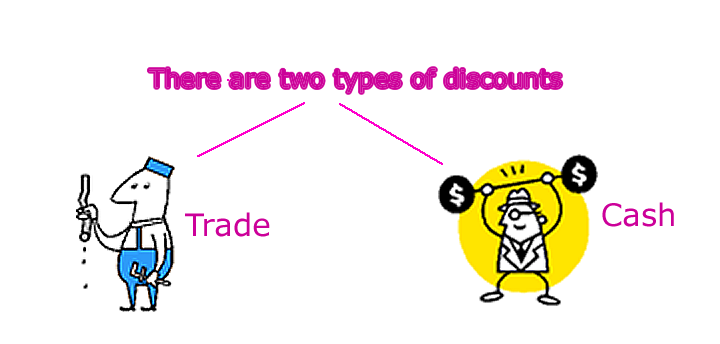 Topic 7 - Invoices
Topic 7 - Invoices Topic 7 - Invoices
Topic 7 - Invoices|
Activity and Task Shortcut Bar (please read the material below before attempting the activity) |
||||||
|
Activity Q - 1 |
Activity Q - 2 |
Activity R |
 Activity S |
Activity T |
Activity U |
Task 13 |
In this topic you will learn:
the main features of an invoice
how invoices are prepared
perform the calculations to produce accurate invoices including GST and discounts
how invoices are distributed
how invoices are filed for auditing purposes
Purchase order (when goods are required)
Delivery Docket sent with the goods, does not include price
Purchase Invoice sent to the purchaser setting out the amount owing
Credit note - purchases given if stock is returned or customers overcharged
Remittance Advice details the transaction and covers the cheque sent with the payment
Cheque/EFTPOS payment
Receipt send to customer, proof of payment The Invoice in the Document Cycle
You have already looked at the document cycle in Topic 1.
You have also sighted an invoice when learning about the requirements for financial documents
Now try
Activity Q -1
Now try
Activity Q - 2
The Invoice : The Main Features
An invoice is prepared for goods sold to customers on credit. It sets out the amount owed by the purchaser. This is when the purchaser has possession of the goods.
Discounts
When you look at an invoice, you will notice there is a space for a discount. A discount is a % off the total price of a good.

Trade discounts are given to people within the industry (trade) to encourage them to buy from that business. This would include plumbers, electricians and mechanics. Even schools can get discounts on the purchase of books if ordering large quantities.
A trade discount is calculated as a % of the list price.
For example:
| List price | $400.00 | NB 10%*400 |
| less trade discount | $40.00 | |
| Price after discount | $360 |
 Now try
Now try
 Activity
R
Activity
R
Cash discounts are often offered to customers for early payment of an account. It is not calculated on the invoice but may be explained in the terms of trade section.
The calculation is similar to the trade discounts
For example:
| Total invoice amount | $550.00 |
| Less Cash discount @ 5% | $27.00 |
| Payment amount | $523.00 |
 Now try
Now try
 Activity
S
Activity
SRecently a Goods and Services tax (GST) was applied to goods and services at the point of sale. This was to replace a complicated system of sales tax. The GST is a percentage of the price of the product.
For Example
| Price of the Television | $450 |
| Add GST @10% | 45.00 |
| Total Price | $495.00 |
The $45 is passed on to the Federal Government
 Now try
Now try
 Activity
T
Activity
T
Source documents are the evidence of all the transactions that have occurred in the business. By law businesses are required to record certain activities for taxation purposes. These source documents also provide valuable information about the performance of the business. Some of these source documents are generated by:
|
The Business |
Other Businesses |
| Invoice | Purchase Order |
| Receipt | Statements |
| Delivery Docket | Deposit Books |
| Credit Notes | |
| Remittance Advice | |
| Cash Register Rolls |
When Swaggies receives goods, the staff always check the contents of the package with the delivery docket at the time of unpacking
Three things must occur:-
1. The goods are intact
2. The goods match the goods ordered.
3. The order form, delivery docket and invoice agree.
This is called a validity check
 Now try
Now try
 Activity
U
Activity
U
 Now try
Now try
 Activity
V
Activity
VBatching and Distributing Invoices
Batching is where documents of the same type are grouped or bundled together on a regular basis (eg. monthly) for further processing ( manually or electronically).
Each group (or category) is usually given a code, which is an abbreviated form of the category's name.
The code may be numerical (1,2,3) or alphabetical (A,B,C) or both. You notice that each unit of competency in this course has a code. The code for this unit is: BSBCMN207A
This code makes it easier to process the document especially when using a computerised system.
Batch Control Slips
When batching financial documents a batch control slip is often used. It contains
Batch number
Batch type
Dates covered
Number of documents
Total batch documents
Name of the person preparing and checking the batch
When the Batch Control Slip is filled in it is placed on top of the group of documents it summarises.
What happens to Batch Control Slips
For security reasons businesses will separate responsibilities among staff managing the financial records. There are two main areas of responsibility:- Select the picture to view responsibilities
Accounts Receivable Accounts Payable Julie - Accounts Receivable Clerk at Swaggies
Trish - Accounts Payable Clerk at Swaggies
This is the end of Topic 7. Now try
 Topic 8
Topic 8
Julie - Accounts Receivable Clerk